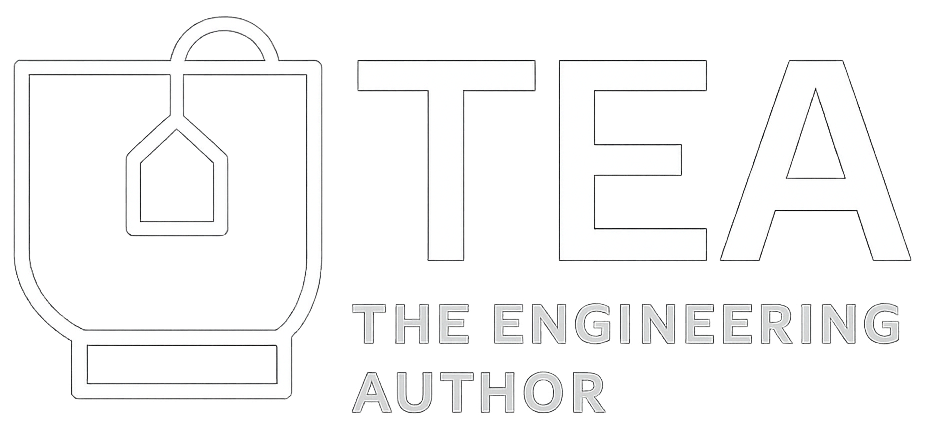How Live Video Streaming Works: A High-Level System Design Breakdown
Learn how live video streaming works—from real-time encoding to edge delivery. This video/article breaks down each component in the system, helping you understand how platforms like Twitch, YouTube Live, and Facebook Live deliver high-quality streams to millions across the globe with ultra-low latency.
🧠 What Happens When You Click “Go Live”?
Live video streaming is one of the most complex, yet beautifully orchestrated systems in modern tech. Behind the scenes, multiple stages are working seamlessly to deliver your video—smoothly, in real-time, and at multiple resolutions—no matter where your viewers are.
🔹 Step-by-Step System Design Flow:
1. Video Ingestion & Encoding
Live video is captured and fed into the system via camera input or OBS/encoder software.
The raw feed is encoded into smaller chunks (segments) using codecs like H.264 or H.265.
These segments are broken down across multiple bitrates and resolutions (e.g., 1080p, 720p, 480p) to support adaptive streaming.
2. Segment Packaging
The encoded video chunks are packaged into streamable formats like HLS (HTTP Live Streaming) or MPEG-DASH.
Each resolution stream is chunked further for network efficiency.
3. Distribution via Streaming Server
The segmented streams are sent to a streaming server that manages availability, session state, and directs traffic.
It ensures streams are available to edge locations for fast delivery.
4. Edge Delivery & CDN
The streams are distributed through Content Delivery Networks (CDNs) to edge servers close to users.
Edge caching minimizes latency, allowing for real-time viewing with low buffering.
Adaptive streaming logic allows viewers to automatically switch to the best quality based on their bandwidth.
🎯 Why This Matters
Scalability: Streams to millions with minimal infrastructure strain.
Resilience: Chunks and CDNs reduce failure points.
User Experience: Quality adapts without interruption.
Global Reach: Edge servers make latency virtually invisible.
🧰 Common Technologies Used
Encoding: FFmpeg, AWS MediaLive
Packaging: HLS, MPEG-DASH
Streaming Servers: Wowza, NGINX RTMP, Red5
CDN/Edge: Cloudflare, Akamai, Amazon CloudFront
